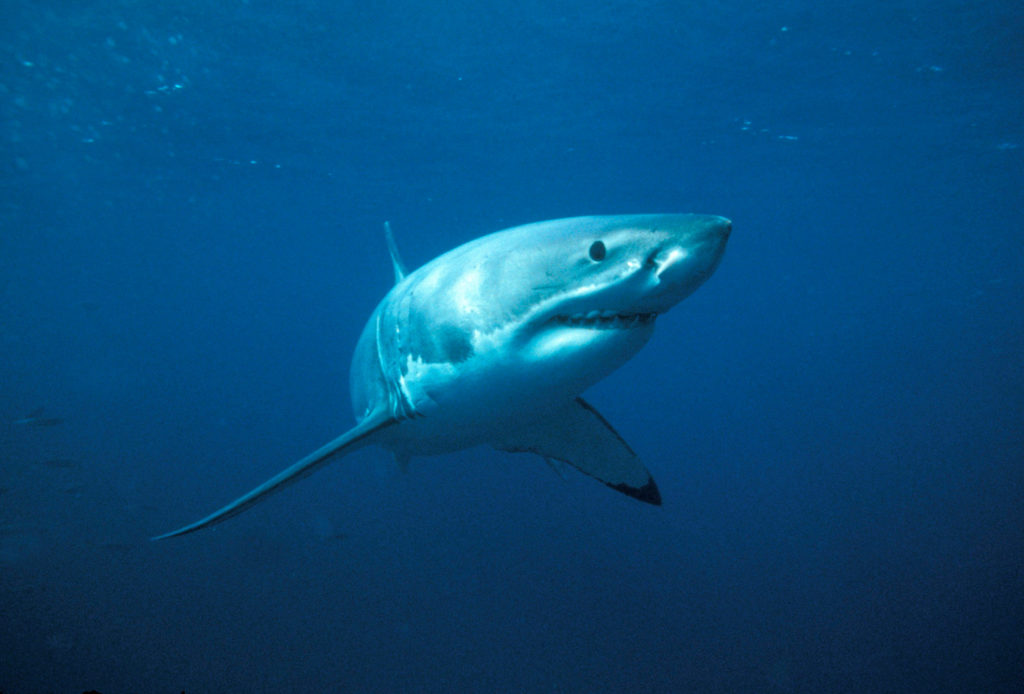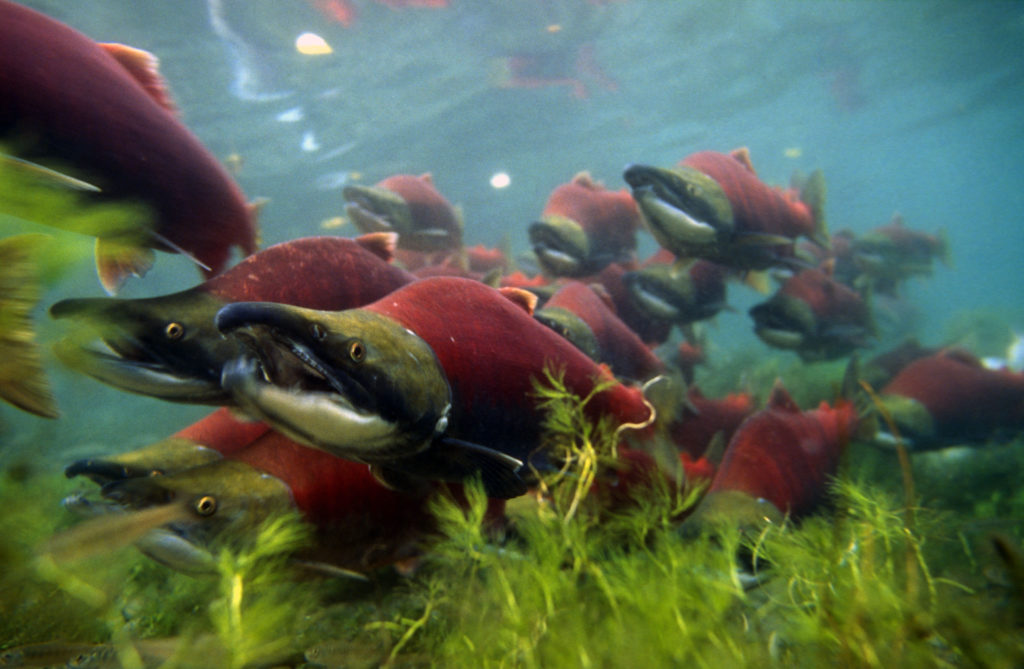Global wildlife populations plummeted by an average of 69% in the past 50 years
Wildlife have endured an average 69 per cent drop in monitored populations of mammals, birds, amphibians, reptiles and fish since 1970, according to the latest Living Planet Report (LPR) from WWF International.
Updated every two years, the 2022 report shows biodiversity loss is not slowing down and these dramatic wildlife declines are affecting every region on the planet.
Here in North America, wildlife populations declined by an average of 20 per cent between 1970 and 2018 and while this isn’t as steep as other regions, it doesn’t mean Canada is safe from catastrophic losses.

In fact, our own Living Planet Report Canada 2020, which looked at vertebrate species in Canada only, showed that species that have been assessed as at risk of extinction nationally still declined by 59 per cent, on average, between 1970 and 2016.
Scientists are able to track these losses by using the Living Planet Index (LPI), which is an indicator on the health of nature. The LPI is a collaboration between WWF and the Zoological Society of London and provides the most comprehensive measure of how species are responding to pressures and conservation actions in their environments.
The LPI has shown that, globally, some of the biggest declines are in freshwater species populations, which have fallen by an average of 83 per cent. Habitat loss and barriers to migration routes are responsible for about half of the threats to monitored migratory fish species.
In Canada, that means species like salmon and sturgeon are facing huge losses that will affect their entire ecosystems, as well as the people and livelihoods that depend on them.

The good news is we already know the major threats to wildlife: habitat degradation and loss, overexploitation, invasive species, pollution, climate change and disease all negatively affect biodiversity.
So now we can enact solutions, such as supporting interested Indigenous communities on request to restore degraded or lost habitats in their traditional territories and creating protected area networks in priority regions across the country. These nature-based actions also combat climate change at the same time, further helping all kinds of species (including us).
The LPR data is arriving at a pivotal moment. In Montreal this December, senior government leaders from around the world will be meeting at the 15th Conference of Parties to the Convention of Biological Diversity (more succinctly known as CBD COP15) to guide the next decade of efforts to reverse biodiversity loss.
WWF will be there in force advocating for an agreement ambitious enough to actually deliver a future where nature and people can both thrive. Stay tuned!

